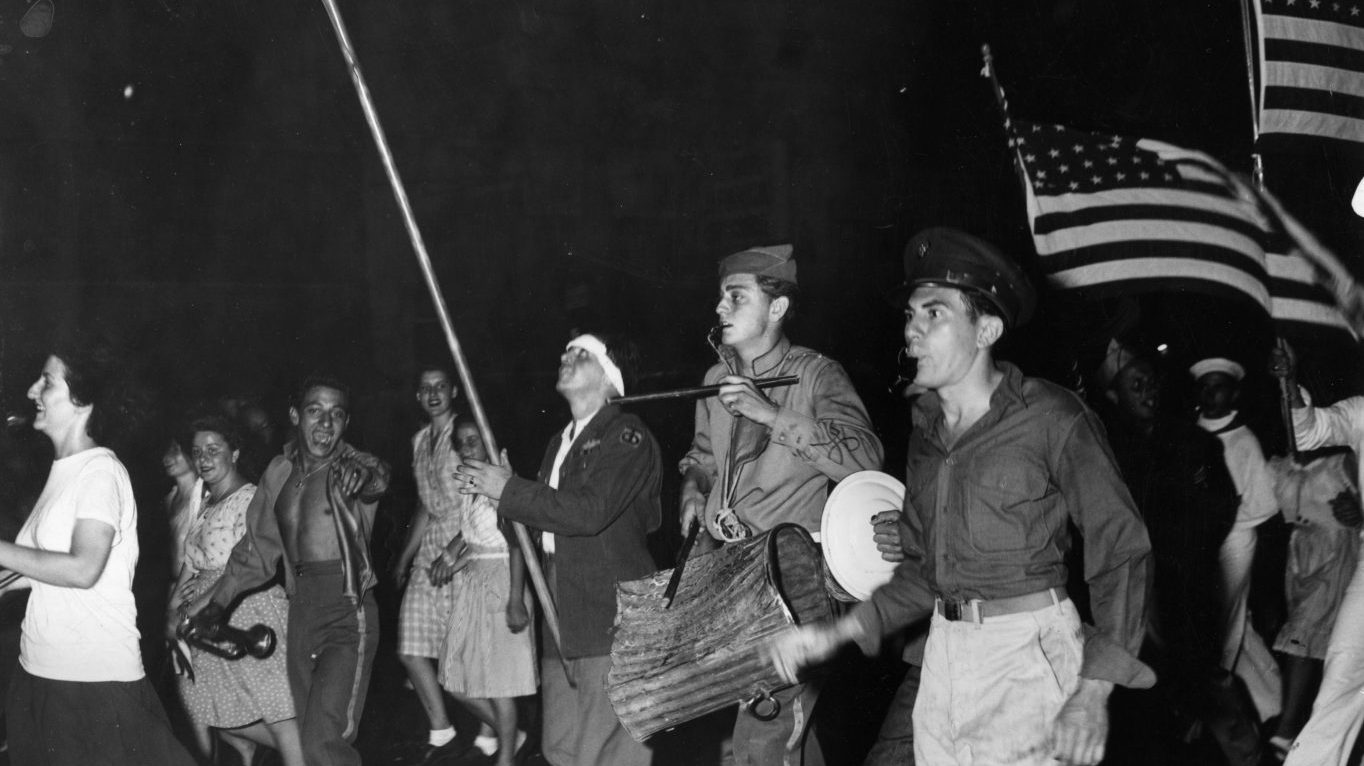Special Report
What Military Parades Used to Look Like in America

Published:
Last Updated:

Americans like parades, like the ones that show of their ethnic identity and origin or the pride parades of the LGBTQ community that take place in June. Political marches that seek to change the political landscape, like the women’s suffrage marches that shaped America, can also be considered a form of parade.
Americans also are proud of their military. Its size and power are certainly good reasons why but the military has contributed with even more, including at least 15 commercial products invented by the military that we use every day.
But when it comes to military parades, Americans are somewhat reluctant to express national pride through martial displays of soldiers marching in lockstep, bristling with weapons.
Military parades are most frequently held by countries that are ruled by kings or despots, and they are often staged to intimidate enemies outside their borders, and also to remind those at home who’s in charge.
Democracies are not averse to holding military parades. Great Britain conducts a military procession — with the pomp we’ve come to expect from the British — on Queen Elizabeth’s birthday on April 21. France holds an annual military parade on Bastille Day, July 14, and it’s one of the largest and oldest military parades in the world.
It came as something of a surprise when President Donald Trump, impressed with the Bastille Day event, proposed organizing a parade in appreciation of the military in January of 2018. He ultimately rejected the idea because of its cost. Already, the U.S. is the country that spends the most on war.
When the United States has staged military parades, it has done so in celebration of a victory, and there is always a prominent civilian leadership presence to remind citizens that the military is under the control of civilians. In the early days of the republic, presidents frequently reviewed military parades on Independence Day, but that tradition stopped with the presidency of James Polk, who served from 1845 to 1849.
The last time the U.S. held a military parade was in June 1991, when America welcomed home veterans of the recently concluded Gulf War. The U.S. had eschewed military parades during the Vietnam War because of the divisiveness of that conflict.
Besides that event, most U.S. military parades have been conducted during presidential inaugurations. Among the more notable were the inauguration parades for President John F. Kennedy’s in 1961 and President Dwight Eisenhower in 1953. Both parades featured tanks, missiles, and other weaponry, and they were a not-so-subtle signal of America’s resolve to our Cold War adversary the Soviet Union, one of at least 23 countries that no longer exist.
Parades celebrating victory or creating solidarity with the military have been the most noteworthy in American history. Perhaps the largest was the Grand Review of the Armies on May 23-24, 1865 in Washington, D.C. President Andrew Johnson ordered the event to salute the Union Army that had won the Civil War. The parade helped lift the pall over Washington that had descended since the assassination of President Abraham Lincoln a month earlier.
Other famous military parades included the parade of 25,000 troops led by General John J. Pershing up Fifth Avenue in New York City a year after the Armistice ended World War I; the Army Day Parade in 1942 in New York City in which an estimated 500,000 civilians marched in solidarity with service men and women all over the world who were fighting in World War II; and the Victory Parade in New York City to celebrate the Allied triumph in World War II — one of the most expensive wars in U.S. history — that extended for four miles and lasted 11 hours.
The United States will gladly hold military parades, so long as they are held to support and celebrate the citizen-soldiers who fight in the wars that have protected American freedoms. In the past, it’s safe to say that probably every nation with a big enough army has held parades, and these are the grandest military parades in history.
Want retirement to come a few years earlier than you’d planned? Or are you ready to retire now, but want an extra set of eyes on your finances?
Now you can speak with up to 3 financial experts in your area for FREE. By simply clicking here you can begin to match with financial professionals who can help you build your plan to retire early. And the best part? The first conversation with them is free.
Click here to match with up to 3 financial pros who would be excited to help you make financial decisions.
Have questions about retirement or personal finance? Email us at [email protected]!
By emailing your questions to 24/7 Wall St., you agree to have them published anonymously on a673b.bigscoots-temp.com.
By submitting your story, you understand and agree that we may use your story, or versions of it, in all media and platforms, including via third parties.
Thank you for reading! Have some feedback for us?
Contact the 24/7 Wall St. editorial team.